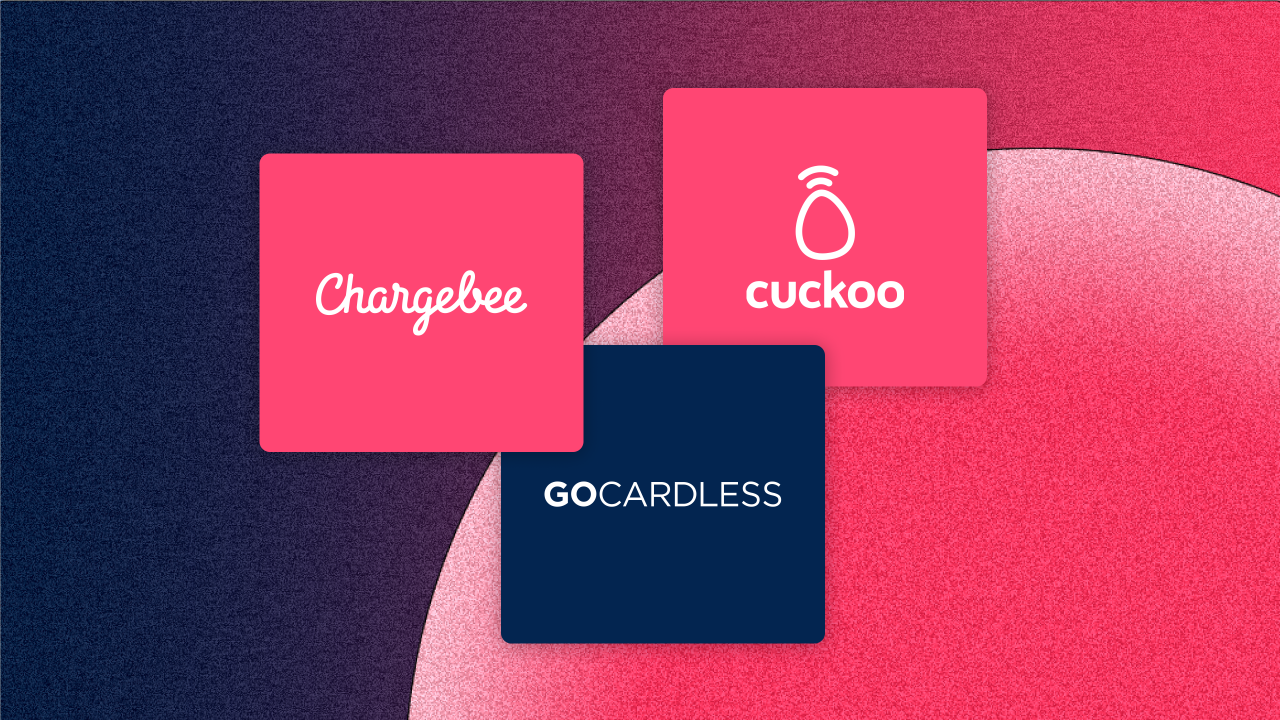
The 8 payment dimensions: Churn
Last editedOct 20223 min read
For any business collecting payments, retaining your customers and creating a loyal customer base is critical for business survival and success.
In order for a business to be profitable, customer lifetime value (CLV) needs to outweigh the cost of acquiring a customer, and this is where customer churn comes into play. Customer churn is a natural part of the cycle of winning and losing customers for a business.
The longer a customer stays with your business, the higher CLV you will have, especially for businesses collecting recurring payments. But a high customer churn rate will have negative consequences for your CLV, cash flow and revenue.
Churn rate is also an important indicator of the success or health of a business. If your business is looking to grow, expand or seek investment, a low churn rate and good customer retention are essential.
How to calculate churn rate:
Number of customers that churned / Total number of customers x 100
Dissecting churn
When you think of customer churn you may think of dissatisfied customers who choose to leave your service. But there are other reasons why your customers might churn.
Two types of churn:
Voluntary churn:
When a customer actively chooses to leave you. From poor customer experience to no longer seeing the value of your product or service: these kinds of issues require significant investment to address and can be tricky to measure.
Involuntary churn:
It’s not a customer’s intention to churn. 30% of all churn is related to failed payments, 11%+ of failed payments turn into churn and 10-15% of failed payments turn into bad debt. Common reasons for payment failure that drive involuntary churn include;
Cards expiring
Cards being lost or stolen
A customer’s bank rejects a payment
Insufficient funds
Banks decline a transaction
Don’t let churn become a concern
Understanding churn is critical to creating efficiencies in your business and improving cash flow. The total cost of churn can quickly multiply and it goes beyond just the cost of the revenue you lose.
It costs up to 25x more to acquire a new customer than retain an existing one. So replacing each customer that churns can have a significant cost and affect your CLV. For any business built on a subscription model, the impact of churn is undeniable.
Recurring revenue models have the benefit of predictability and reliability of revenue. So losing a source of recurring revenue to churn affects your bottom line. Just a 5% rise in customer retention can increase revenue by 25%-95% - finds Frederick Reichheld of Bain & Company – the inventor of the Net Promoter Score.
When a payment fails, your customer is unexpectedly cut off from your service, causing your customer service to suffer as a result. This impacts customer experience and makes winning churned customers back more difficult.
Discover how much churn costs your business.
But involuntary churn is preventable
Removing the barriers to customer retention
The good news is involuntary churn is cost-effective to reduce and easy to measure.
By reducing your payment failure rate, churn and consequently, bad debt will reduce too. Creating efficiency across your payments process, improving cash flow and revenue predictability.
How can you reduce payment failures?
Managing expectations about charges: This might seem straightforward, but for businesses that have variable payments, like those that charge on a usage basis, giving your customers greater visibility about changes to charges and flexibility in how they pay could reduce payment failure and therefore involuntary churn. This way you can mitigate “bill shock”, the shock of an unexpected bill or cost.

Webinar: Scale your Payments like a Cloud Native
See how Cuckoo Broadband is using open banking to collect more payments successfully and how they tackle "bill shock".
Offering the right payment methods to customers: Think about which payment methods you offer your customers. Credit cards, for example, have expiry dates, which means every 3 years customer payments are at risk of failing. Meanwhile, account-to-account payment methods, like Direct Debit, pull a payment directly from a customers’ bank account, which never expires.
By introducing or encouraging your customers to the likes of Direct Debit, you can gain control of when to collect a payment and have the security that your payments won’t fail for simple reasons like card loss or expiry. Across 65,000 businesses, we see an average of just 2.9% of payments failing on the first attempt - that’s a 97.3% payment success rate.
To get a better understanding of the role churn plays in your payments process we developed the 8 Payment Dimensions framework. Which takes each stage of the payments process into consideration when examining how you can optimise your payment strategy.
Watch this short video on how you can use the 8 Payment Dimensions to create efficiencies in your payment strategy.